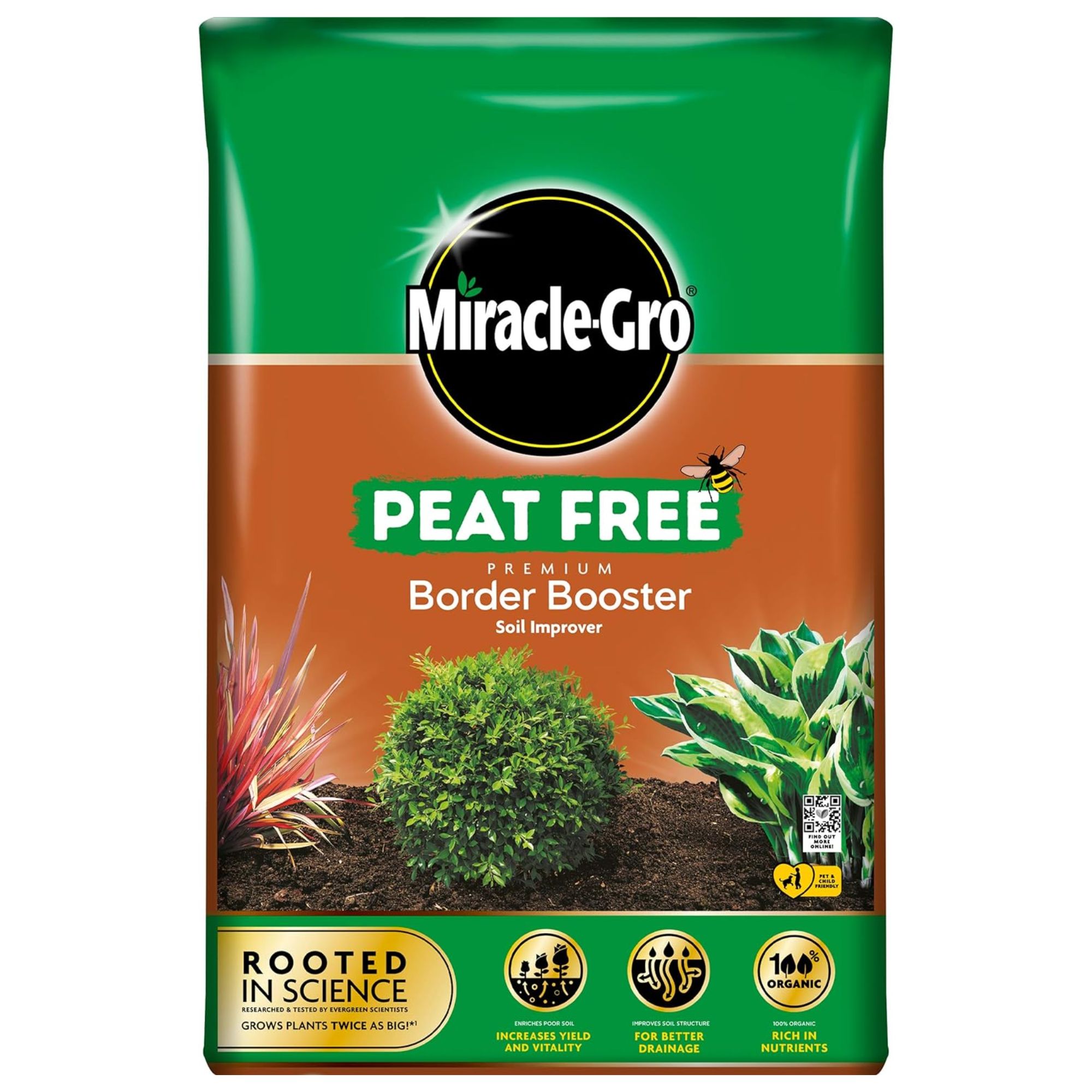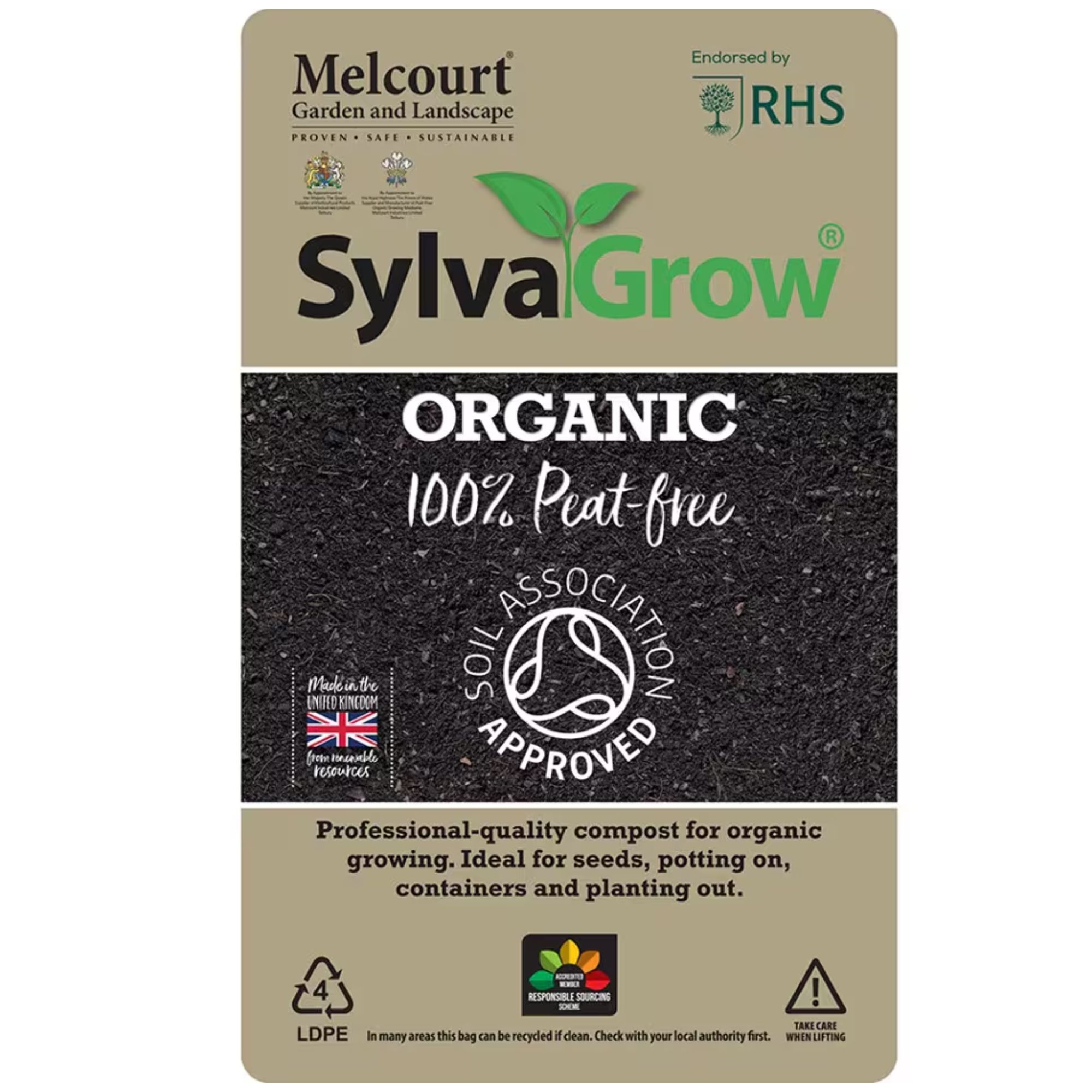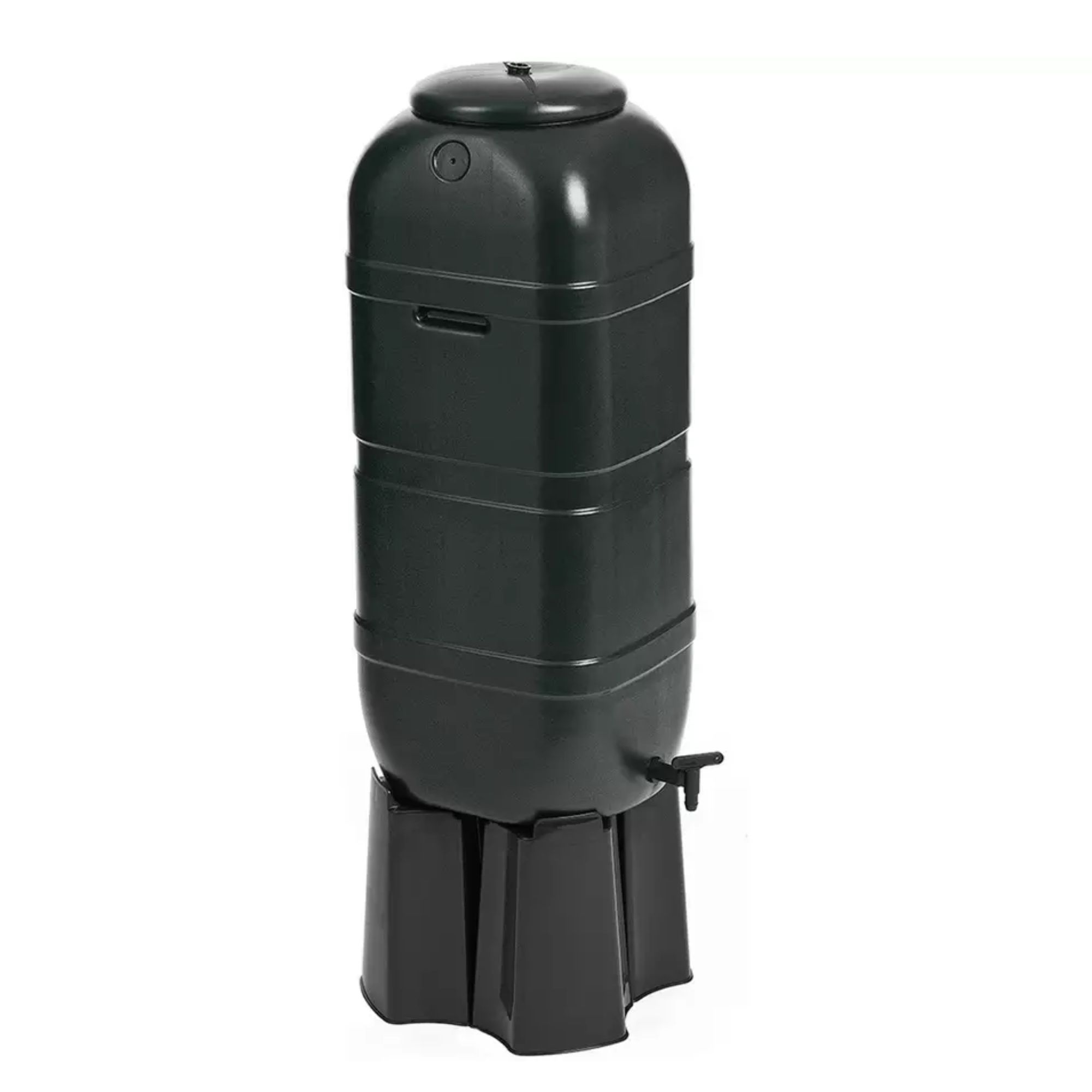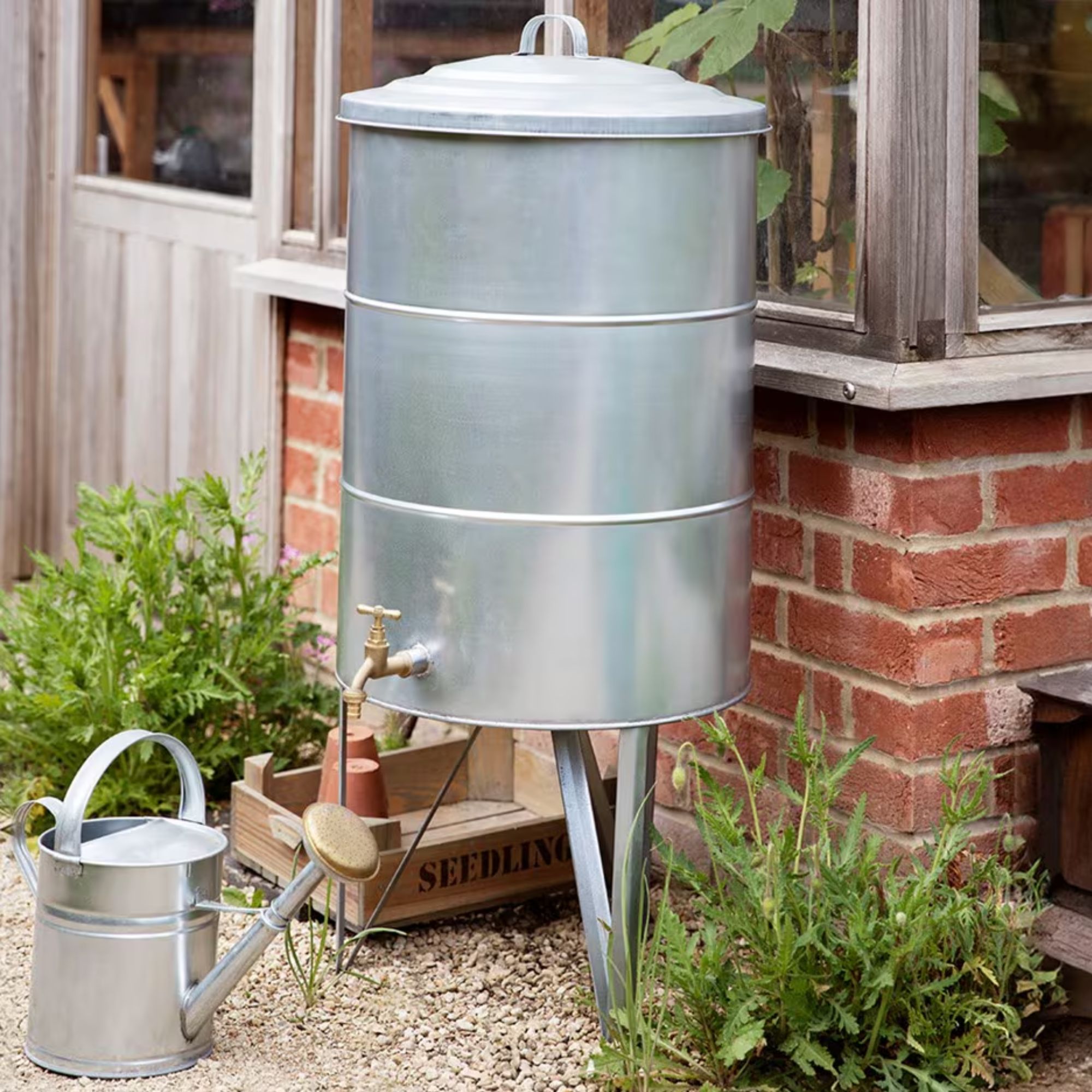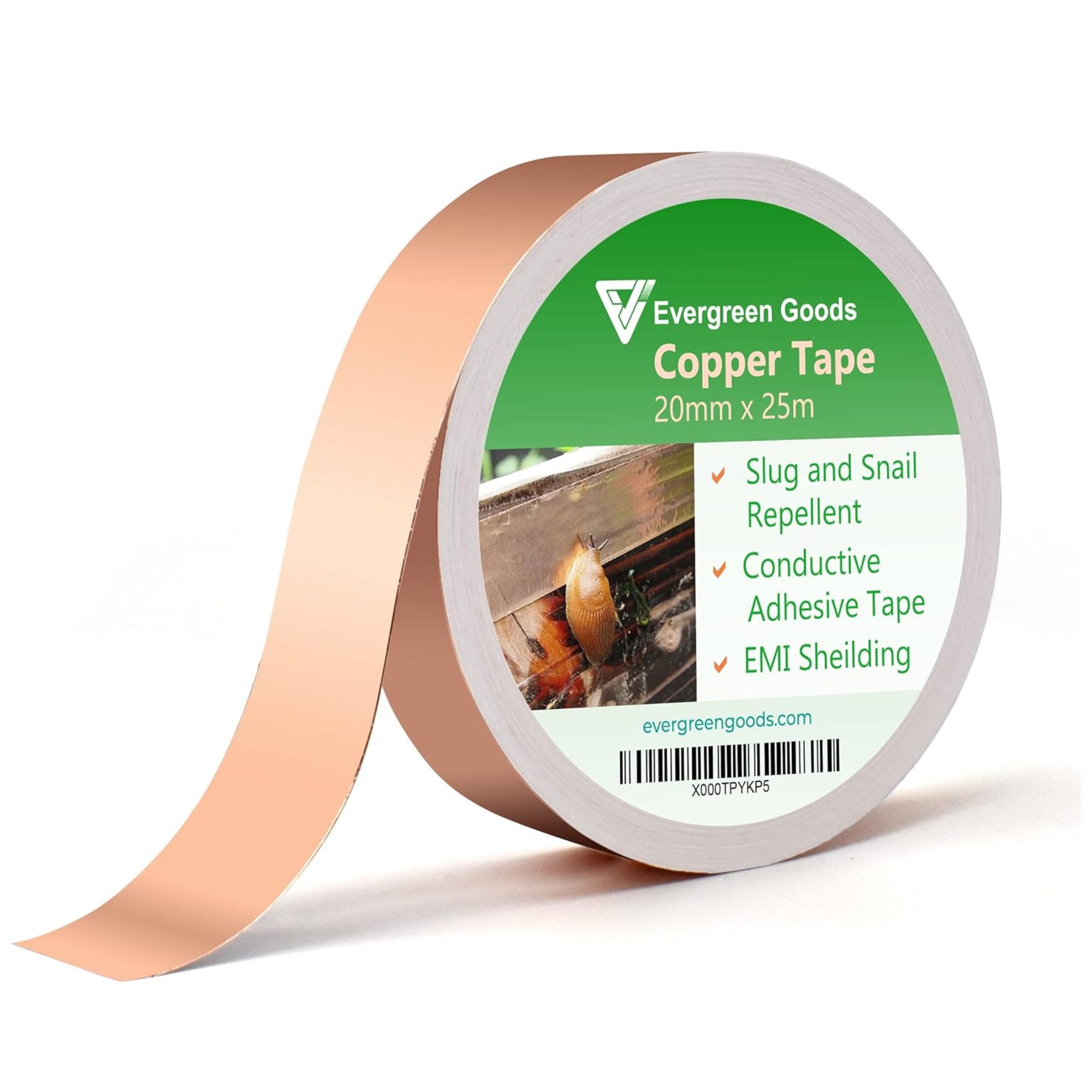7 garden jobs to do in April – what to tackle now to make your outdoor space look beautiful
These are the garden jobs you need to do this month
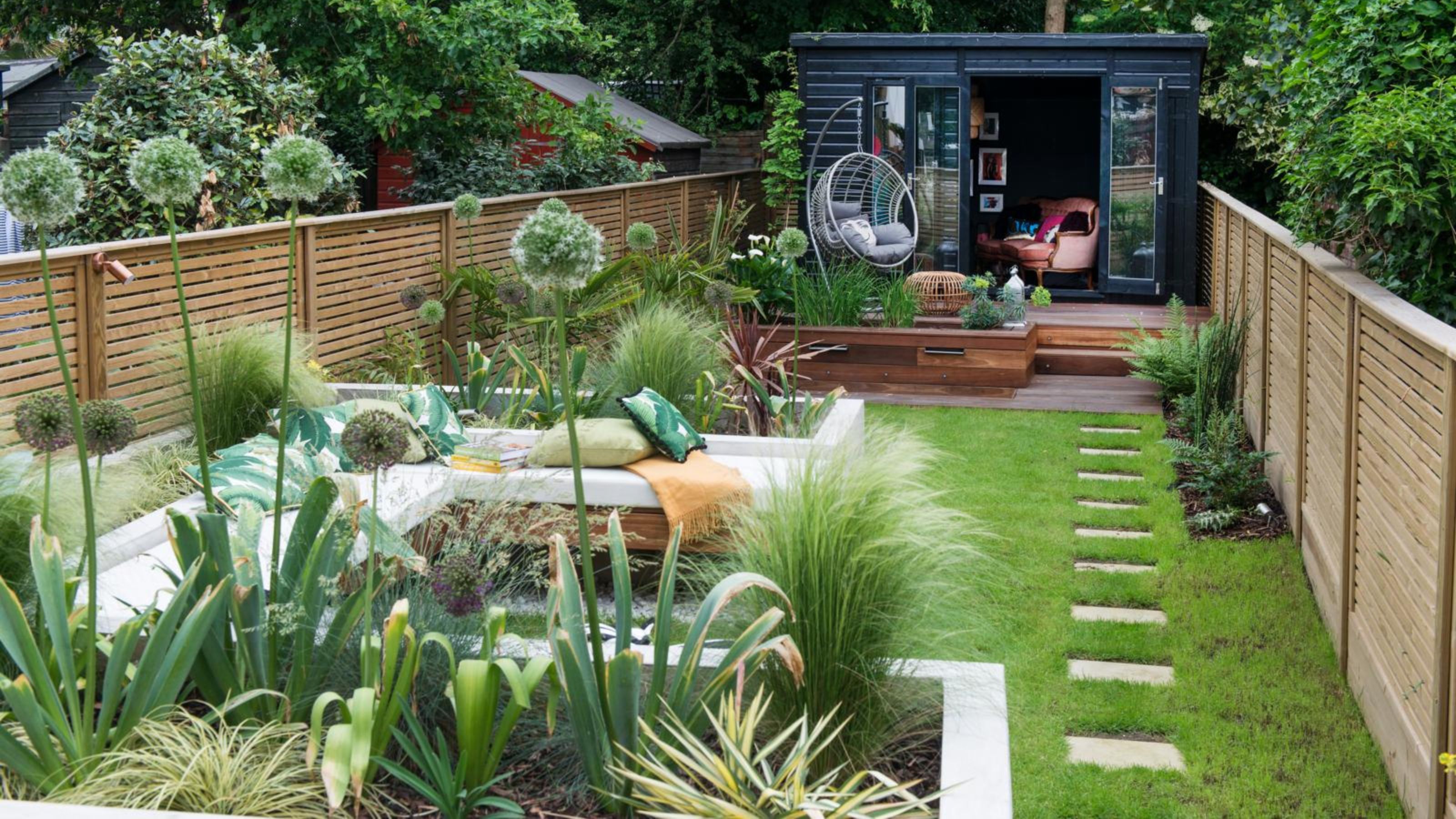

It's one of the busiest months for gardeners, and for good reason: spring is finally upon us, the weather is warming up, and all of our outdoor spaces are springing back to life with a vengeance.
Now, when it comes to sussing out the best garden jobs in April, it's all too easy to get bogged down in all the lovely things you need to sow and grow. But we promise there's more to this most temperamental of months than drawing up a list of what to plant in April.
For starters, it's important to learn how to clean a greenhouse, so that you get rid of pests and diseases and let in more light (which is essential for growing healthy plants). You should show your lawn some TLC – and get to work prepping all your beds, too.
Garden jobs to do in April
Now, there's a lot of fun to be had in the garden this month – whether that be pouring over a plethora of pretty flower bed ideas or learning how to fill a raised garden bed like a pro.
Still, if you want your own personal Eden to look its very best for summer, these are the garden jobs in April that experts recommend cracking on with, pronto!
1. Enrich your soil
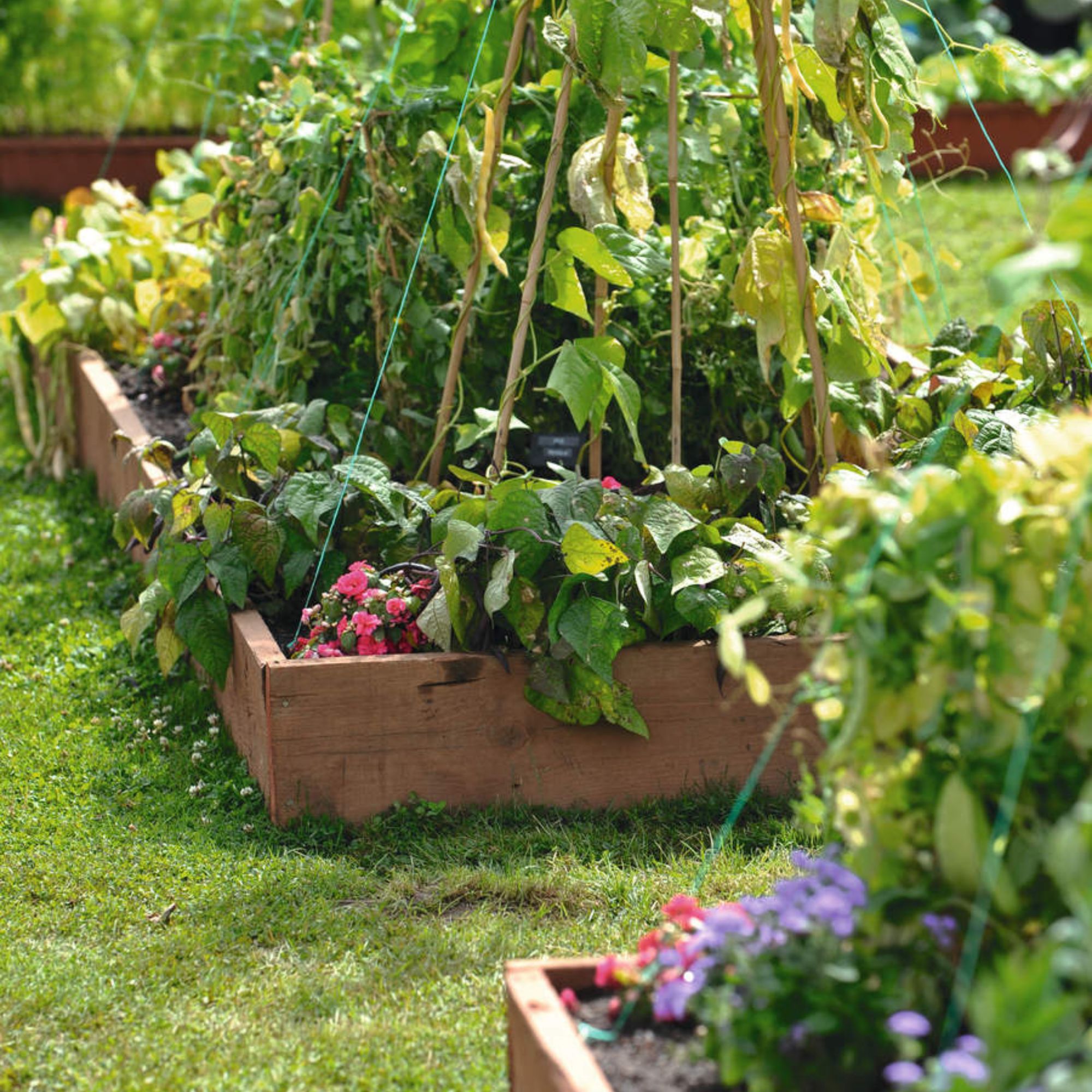
Whether you're working with raised beds or garden borders, one of the best garden jobs in April to tackle is enriching your soil.
'Healthy soil is the foundation of any well-established garden, without a good soil base, plants, flowers and food crops will struggle to grow,' suggests Craig Wilson, co-founder, director and in-house gardening expert at Gardeners Dream.
Sign up to our newsletter for style inspiration, real homes, project and garden advice and shopping know-how

Craig Wilson, co-founder and director of Gardener's Dream Ltd has established himself as a key figure in the online gardening industry. With over two decades of plant knowledge and gardening experience, he takes pride in sharing his top tips and tricks for the garden.
'To enrich your soil, you’ll want to add some organic matter, be it either manure, homemade or bagged compost,' he continues.
'Start by digging the existing soil to loosen it, breaking up any large lumps before adding a 5cm layer of your organic matter on top. You can then for the soil, incorporate the manure or compost into the existing soil. Once you have done this, gently firm the soil down before raking to remove any stones or weeds.'
'Doing this now will give your soil time to mature and harbour all the good bacteria needed to support prolific growth come summer time,' promises Craig.
2. Divide perennials
If you want to fill your garden borders, one of the best garden jobs to tackle this month is dividing your clump-forming perennials.
'You can get more plants for free by dividing clump-forming perennials, such as hostas and daylilies, and replanting them where you’d like them to grow,' says Morris Hankinson, director of Hopes Grove Nurseries.

Morris Hankinson is the founder and managing director of Hopes Grove Nurseries Ltd, the UK’s only specialist grower-retailer of hedging plants. He established the thriving business in 1992, shortly after graduating with a Commercial Horticulture Degree from Writtle College, Essex.
To do this, gently lift your perennials from the ground, shake off excess soil, and pull them apart gently at the roots.
'This should produce small clumps for replanting,' says Morris.
3. Sow grass seed
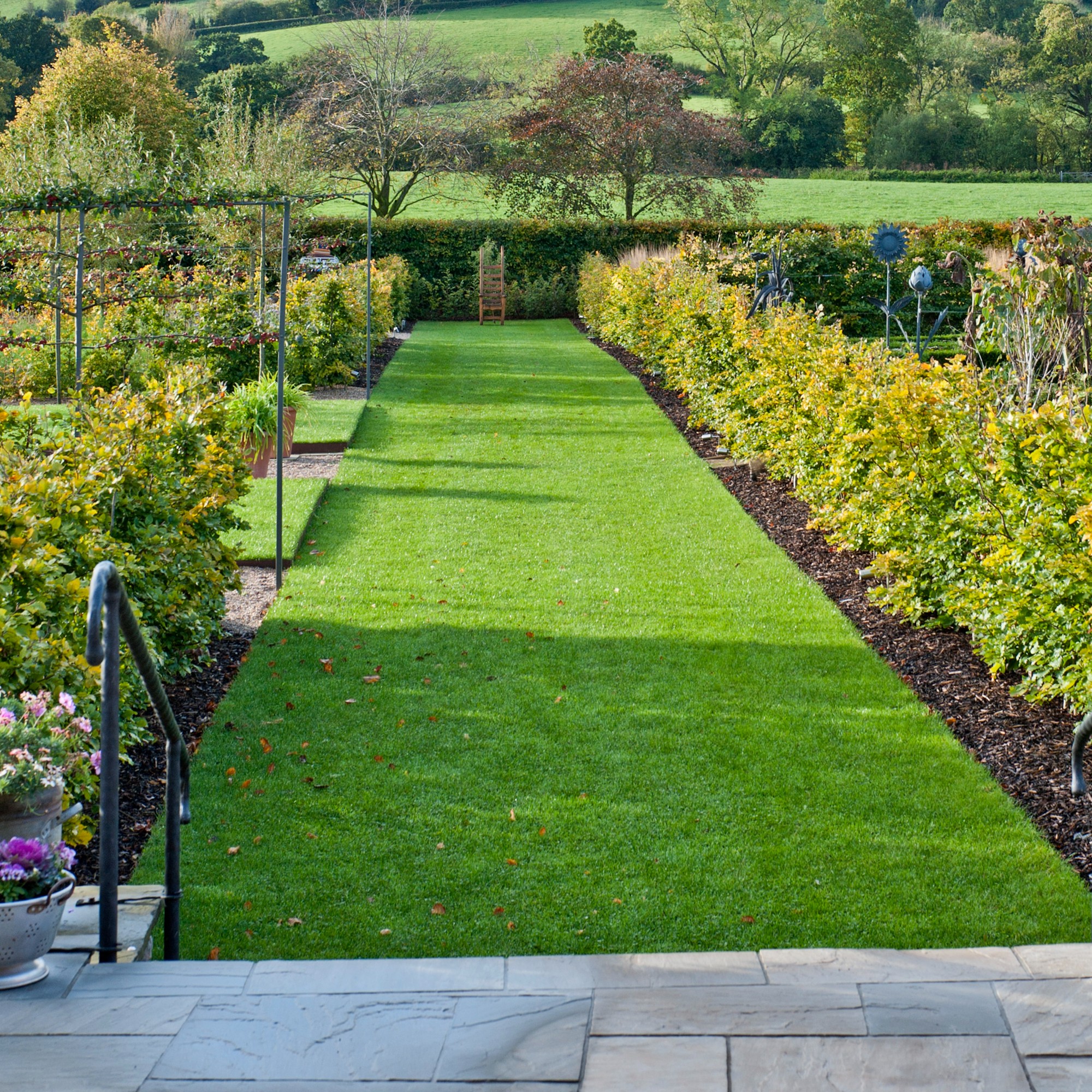
When is the best time to sow grass seed? April, of course, so if your lawn is looking a little bare and unloved, be sure to add it to your list of garden jobs in April.
'Springtime is the best time to lay turf or sow grass seed,' says Christopher O'Donoghue, one of the co-directors at Gardens Revived.

A gardener with over a decade of experience under his belt, Christopher set up Gardens Revived with his brother, Andrew, in 2018 to create a thriving family business. Together, they have worked on residential gardens, listed buildings and gardens, flower shows and large estates with some exceeding 70 acres – many with historical significance.
'It's the best way to bring your lawn ideas to life,' he continues, 'as the weather means your soil should be warm and moist – ideal conditions for seed germination!'
4. Get pruning
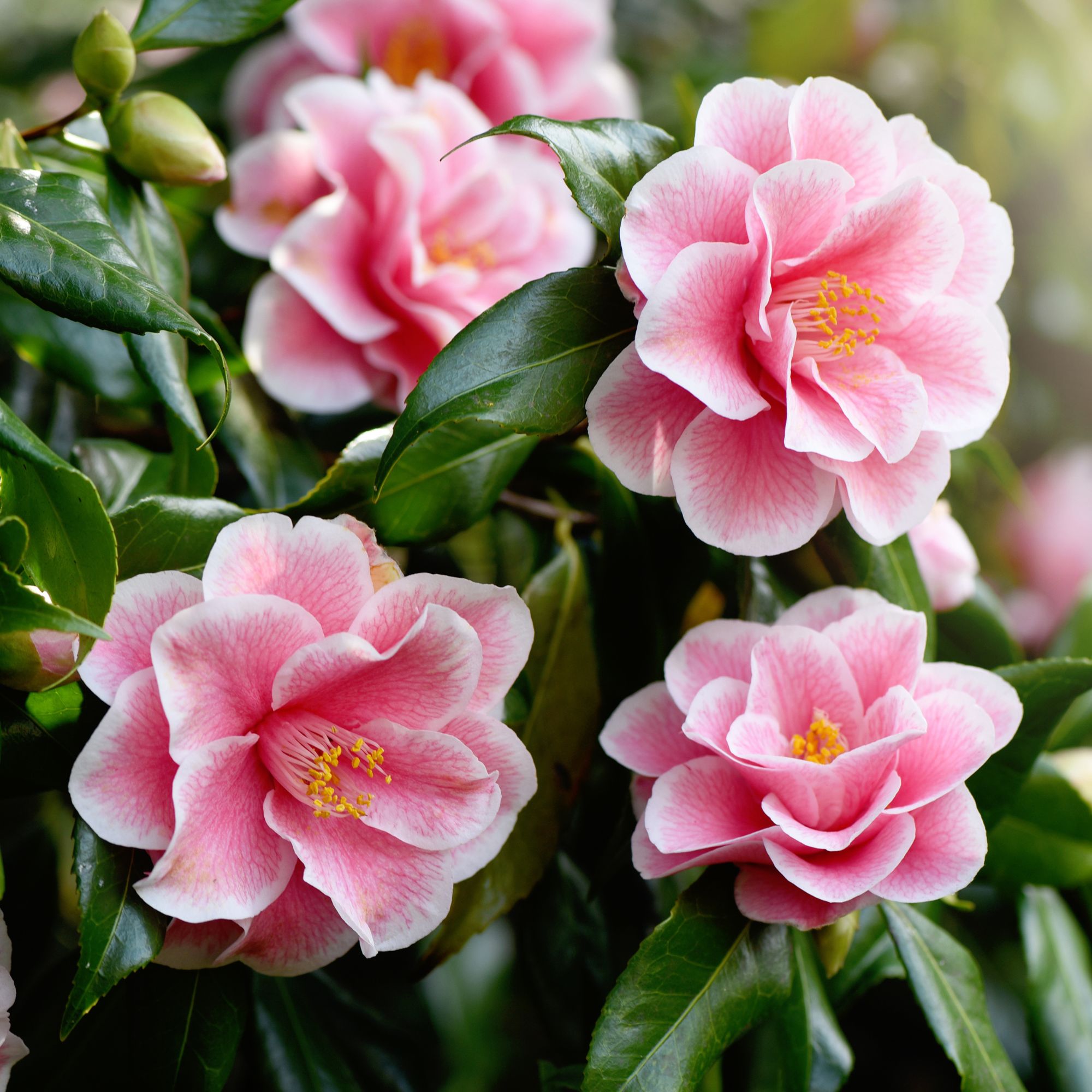
From your camellia to your buddleja, there's plenty of pruning to be done this month – so be sure to check out what plants to prune in April when you're drawing up your list of garden jobs to tackle.
Trust us, while it may seem counterintuitive to cut your plants back, it's a lot like trimming your hair: it sorts out all of those untidy bits and makes for a glorious show of growth later on, too.
5. Start rain harvesting

Rain harvesting is the age-old watering hack we all need in our gardens – and April is the ideal time to get to work!
'Whilst the weather remains pretty wet, it is the perfect time to start conserving water,' says Craig.
'The UK has been known to have some hot and dry spells throughout the summer months, so being prepared for this is only ever a good thing,' he adds.
6. Harden off seedlings

A big part of learning how to sow seeds successfully is perfecting the art of hardening them off – and, you guessed it, this is a big garden job to do in April.
'No doubt there will be plenty of seedlings to prick out, pot on and harden off at this time of year,' says Morris, who cites courgettes and tomatoes in particular as ones to focus on.
'Hardening off is good practice for seedlings that have been grown undercover,' he continues.
'Let them spend some time outside on warmer days in their pots and bring them in again in the evening gets them acclimatised to the outside weather. After 10 to 14 days they will be ready to plant out, although they may still need some protection.'
7. Keep an eye out for pests and diseases

April is very much the season of slugs and snails, which is why Morris advises you keep an eye out for them at this time of year – especially if you're planning on learning how to grow vegetables like a pro.
'Slugs and snails are not horticulturally classified as pests anymore but that doesn’t mean they won’t be heading straight out to munch your young plants,' he says.
'Consider using copper tape around pots, sprinkling eggshells or another rough surface around plants to stop them getting to your tasty plants!'
The Wildlife Trusts and Royal Horticultural Society (RHS), meanwhile, advise that you 'create a haven for natural predators of slugs and snails, such as ground beetles, song thrushes, frogs, and toads.'
You can do this by providing suitable habitats, such as long grass, log piles and wildlife-friendly ponds.
'Predators help to naturally regulate slug and snail populations, keeping their numbers in balance,' they add.
FAQs
What can I sow outdoors in April?
If you're wondering what to plant in April, there are plenty of options – including sunflowers, strawberries, leeks, beetroot, carrots, onions, second-early and maincrop potatoes, and peas.
The RHS says you can also (if you fancy something different) 'try sowing unusual vegetables such as salsify, Hamburg parsley, or scorzonera'.
Now that you know which garden jobs to do in April, it's time to get to work in earnest and transform your outdoor space into your very own oasis.
Just be sure to wrap up warm and grab an anorak: the weather can be pretty unpredictable at this time of year...

Kayleigh Dray became Ideal Home’s Acting Content Editor in the spring of 2023, and is very excited to get to work. She joins the team after a decade-long career working as a journalist and editor across a number of leading lifestyle brands, both in-house and as a freelancer.
